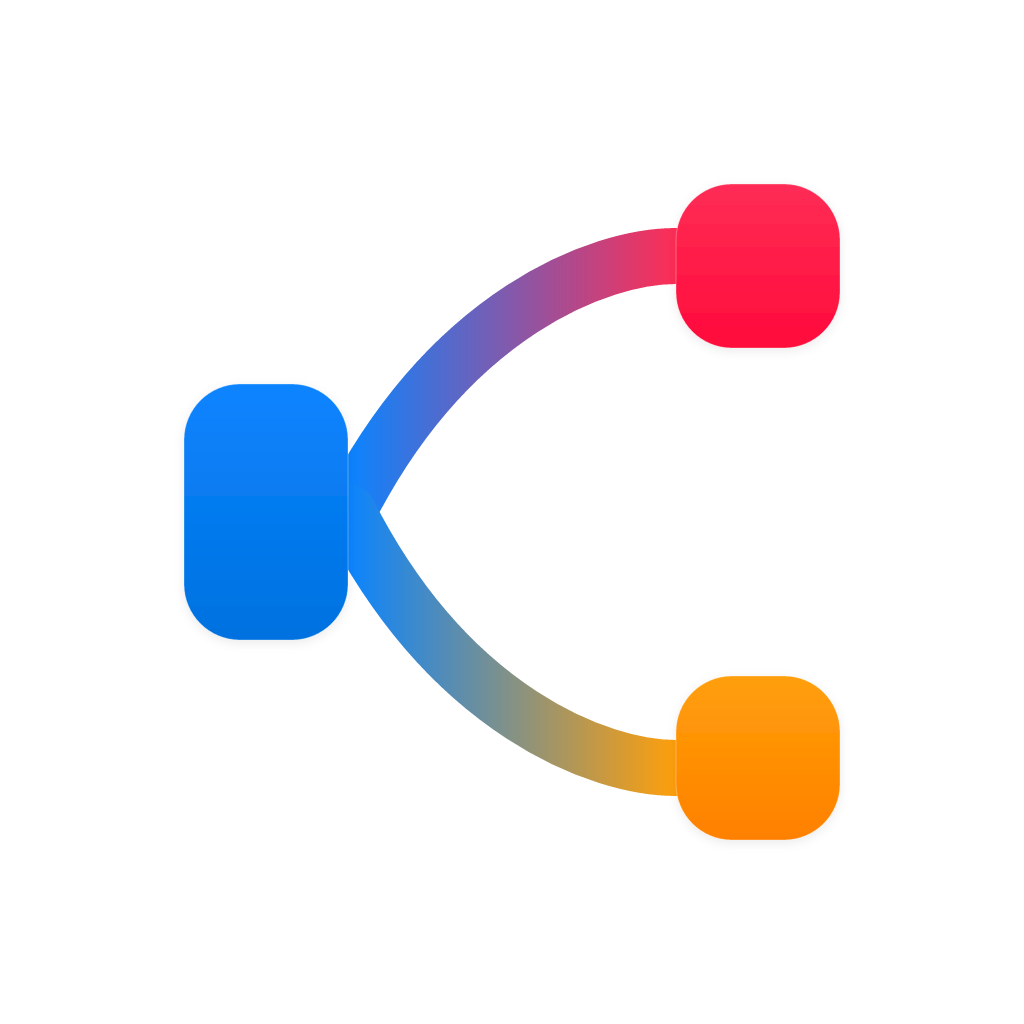Sankey Simplified: A Visual Guide to Understanding Flow and Connections
Sankey charts, named after their creator, Majlin Sankey, are a type of flow diagram that represent the flow of quantities or costs. These distinctively stylized charts visualize flows using arrows, and bars represent the values, making them incredibly useful for showing the distribution of resources, processes, or any form of quantitative flow. However, their unique structure and complexity can initially seem intimidating to newcomers. This guide offers a simplified understanding of Sankey charts, their creation, and various applications, demonstrating how intricate data flow can be elegantly mapped out with clarity.
Understanding the Structure of Sankey Charts
At their core, Sankey charts show a directional flow from one entity to another, typically marked by arrows and linked through bar segments called ‘splitters’. The thickness of these bars represents the magnitude of the flow, with thicker bars signifying higher quantities or costs. The ‘sources’ (beginning points) are placed on the left and converge to ‘sinks’ (end points) on the right, creating a balanced visual that is intuitively understood by users.
Key Features of Sankey Charts
-
Direct Connections: The arrows and splitters create direct connections in the flow path, visualizing the exact path from one entity to another.
-
Balanced Visuals: By having an equal number of ‘sources’ and ‘sinks’ and representing flows in a linear fashion:
-
Quantitative Representation: The thickness of splitters directly correlates to the quantity of the flow, making it easy for users to gauge differences and sums intuitively.
How to Create a Sankey Chart: Simplified Steps
To create a Sankey chart, you’ll need a basic understanding of data and a visual design tool. Here’s a step-by-step guide:
-
Define the Flow: Start by determining what you want to represent – this could be stages of production, distribution routes, energy usage, etc.
-
Collect Data: Gather the quantitative data corresponding to each stage or entity within the flow. Ensure that the data is accurately formatted and can be clearly represented by the thickness of the splitters.
-
Plan the Structure: Sketch your intended structure. Identify which entities are sources and which are sinks, and how you envision their connection. This will greatly assist in designing the chart accurately.
-
Utilize Design Tools: Most design software such as Microsoft Excel, Google Charts, or specialized tools like Sankey Draw or Draw.io includes built-in Sankey chart functionalities, making it simpler to create your chart.
-
Refine the Design: Customize your chart by adjusting colors, labels, and layouts. Ensure that each element is clearly labeled and the overall alignment is aesthetically pleasing.
Applications of Sankey Charts
The versatility of Sankey charts is evident in their wide range of applications:
-
In Process Improvement: Showcasing the flow of goods or services within manufacturing processes, helping identify bottlenecks and inefficiencies.
-
Environmental Analysis: Using Sankey charts to represent carbon footprints can illustrate the primary sources of carbon emissions vividly.
-
Energy Monitoring: By tracing energy flows within businesses or households, Sankey charts can effectively communicate areas where energy is most effectively used or wasted.
-
Financial Tracking: Flow charts can depict income flows and expenditures, providing clear insights into financial performance.
-
Supply Chain Analysis: Sankey diagrams are excellent for visualizing the flow of supply chain, where each node may represent a component or product, traveling through multiple stages before reaching the consumer.
In Summary
Sankey charts are more than an elegant way to represent data; they are an instrument of clarity and insight, translating complex flows into visual storytelling. By understanding their structure, features, and applications, anyone can begin creating and interpreting Sankey charts with confidence. Simplified understanding and application of these charts not only facilitate easier data processing but also offer a unique perspective on how various processes connect and contribute. This visual approach is an invaluable asset in a data-driven world, offering a unique tool for breaking down quantitative complexities into digestible, graphical narratives.
SankeyMaster
SankeyMaster is your go-to tool for creating complex Sankey charts . Easily enter data and create Sankey charts that accurately reveal intricate data relationships.



